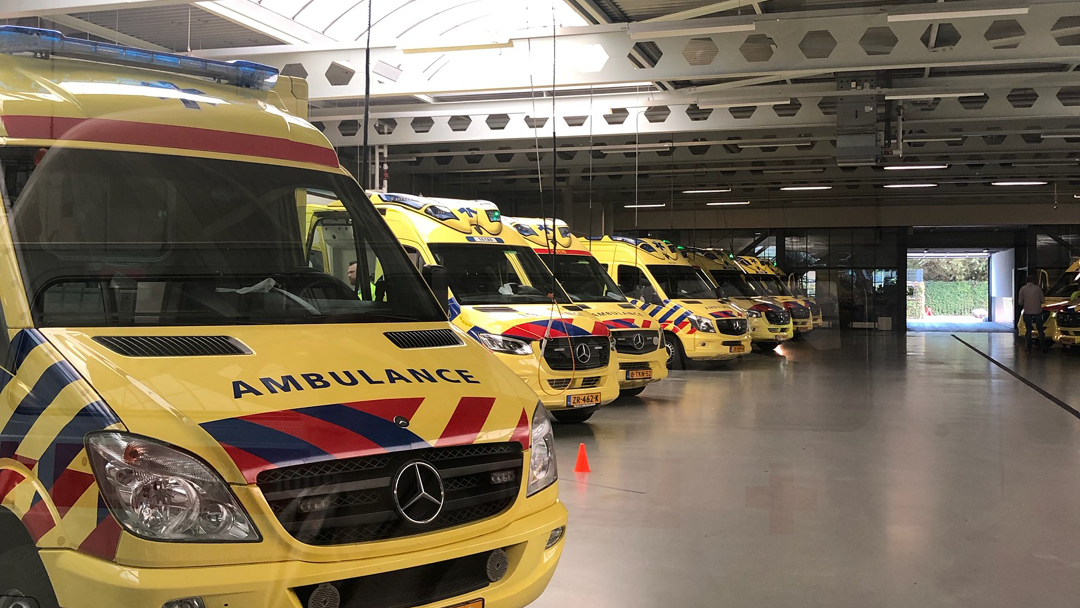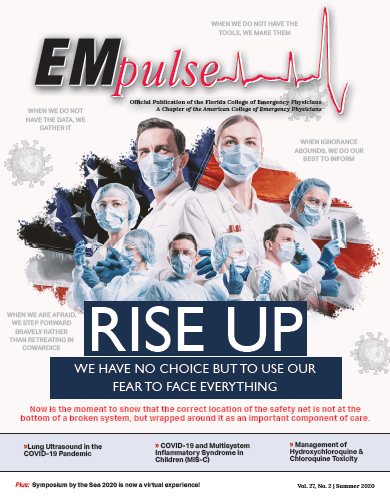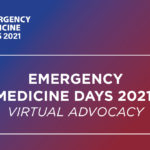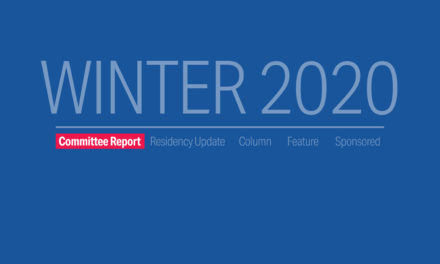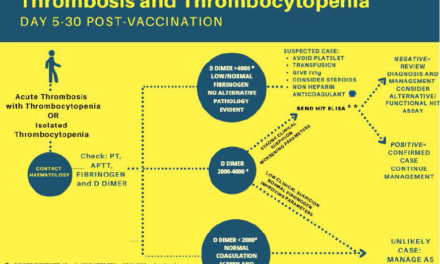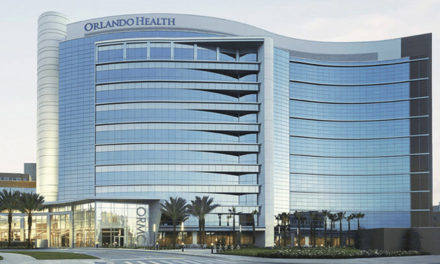Florida Emergency Nurses Travel Overseas to Learn about Emergency Care
Before COVID-19 changed our world, five emergency nurses — three from Northwest Florida and two from Northcentral Florida — joined other emergency department RNs from around the country on a cultural exchange trip to the Netherlands and Stockholm, Sweden to learn about emergency care in those countries. They visited three different hospitals and learned about pre-hospital emergency medical systems.
The trip was organized by the national Emergency Nurses’ Association (ENA). The nurses spent 10 days observing, learning, sharing and comparing their practices in the USA with nurses and medical staff in the two countries. ENA international member and current board member, Joop Breuer RN, CEN, CCRN, FAEN, is a staff nurse and educator at Leiden University Medical Centre in Leiden, Netherlands, and served as host. Leiden University Medical Centre was founded in 1575 and the medical school in 1636. It is said that Albert Einstein studied there.
The emergency nurses were able to compare the health care systems with that of the U.S. One notable difference in EMS is the make-up and education level of the EMS teams. Ambulances are staffed by a critical care nurse and are driven by a driver with basic training. Helicopters are staffed by physicians. They may respond to a scene and provide care, but not transport the patient. Ambulances are well dispersed throughout the country and can respond to any location within about 20 minutes. EMS nurses treat the patients on scene and make a decision of whether or not to transport to a hospital. Nurses work with protocols and can contact the hospital ED for assistance if needed. Unlike the U.S, there is only one ambulance company for the entire country, so there is consistency in training, protocols and processes. First responders may respond to a motorcycle (see photo to right) as opposed to an ambulance. U.S nurses were impressed with the large, enclosed ambulance bay at the hospital. They noted that many hospital EMS receiving areas in the U.S. are drive-through, open areas, while this one was more “garage like” and extremely clean (see photo above).
Emergency departments may be “open or closed,” and patients are transported or assigned to either depending on their condition. Even if it means bypassing multiple hospitals, a patient with a fracture is transported to the hospital specializing in orthopedics. Academic/Teaching hospitals often receive the more complex patients. Low-acuity patients or those needing minor surgery may be transferred out of the academic centers to other hospitals. There is no such thing as EMTALA.
Triage nurses may refer to a nearby urgent care or to a primary provider if the patient’s condition does not warrant an emergency department visit. The most used ED triage system is the Manchester Triage System (MTS). The MTS is a 5-level, color-coded system similar to ESI used in the U.S. Another difference noted was the lack of routine security with medications. U.S. medical personnel are used to medications being behind locked doors or in locked distribution systems like a pyxis. They noted, in at least one hospital, that medications were not locked. Staff in that particular hospital reported that they did not have an opiate crisis there.
Staff also reported a very low rate of mental illness, especially patients requiring admission, but they are well prepared for it. Under the socialized medical model, access to care is readily available to the homeless population, and the homeless appear to be well managed and cared for. It was noted that this most likely contributes to the low volume of mentally ill in the EDs.
Physician/nurse working relationships are collaborative, professional and respectful. One physician pointed out that ED nurses are highly respected for their expertise and that teams work very well together, especially in crisis situations.
In the two countries visited, the medical equipment and continuing education classes available to emergency nurses were similar to what is in the U.S. In order to work in the ED or ICU, nurses must have training beyond that of their initial education. Both countries offer ENA’s Trauma Nursing Core Course (TNCC) and Emergency Nursing Pediatric Course (ENPC). In the Netherlands, EDs require at least one nurse per shift to have TNCC and ENPC. Many bedside nurses have masters and doctoral degrees.
Like the U.S, both countries are experincing a nursing shortage. Nursing education is covered by the health system and education is staged. Nurses can continue to expand their skills and education after their initial training, and salaries are increased based on this.
Our Florida RNs were able to compare the U.S. system to the socialized systems of the countries visited and noted advantages and disadvantages. Every citizen has basic coverage which is advantageous, but there is an option for those who can afford it to purchase additional health care coverage. Those with additional coverage may get priority treatment for non-emergency events or a newly diagnosed illness.
In addition to learning about the healthcare system, they were able to visit interesting sites in the countries and participate in scheduled events and excursions if they desired. They visited the Drottningholm Palace, home of the Swedish royal family and childhood home of Princess Madeleine, who currently resides in Miami. The windmills, the aged rum, and the food were amazing. The Heineken brewery, original ICE bar, the town of Gouda with its delicious cheeses, the town of Delft (blue china), and the Van Gough Museum were among many memorable experiences.
Each year the ENA organizes similar trips, which have proven to be educational and entertaining while promoting international collegiality and growth among emergency professionals. Hopefully this activity will resume in the not too distant future. ■
This article is part of the following sections:
Samantha manages fcep.org and publishes all content. Some articles may not be written by her. If you have questions about authorship or find an error, please email her directly.

